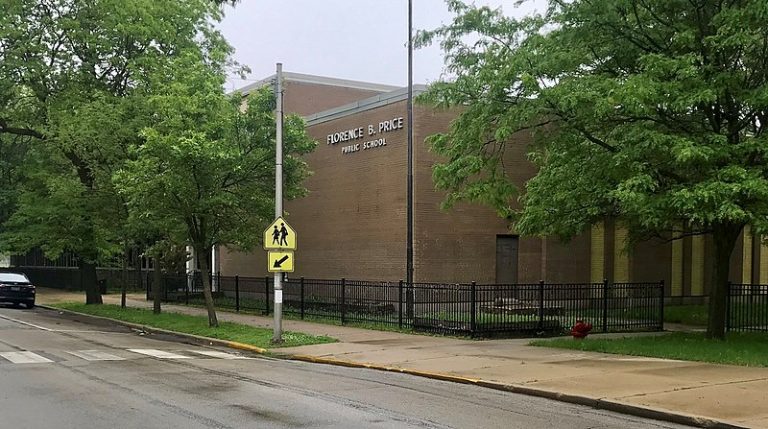Published on April 16, 2020

When the last recession hit school budgets about a decade ago, it didn’t hit them equally.
Affluent school districts saw their state funding drop by more than $500 per student after the downturn. High-poverty districts in the same state lost much more: over $1,500 per student in state funds.
Now, the coronavirus has brought much of the American economy to a halt. Another recession is possible, even likely. And the poorest school districts, which are particularly reliant on state funds, may once again bear the brunt of the budget crunch.
That has some school finance experts nervous. Research has found that spending cuts in the wake of the Great Recession hurt students academically, and right now, students from low-income families are experiencing particular challenges accessing online learning and other services with schools closed nationwide.
But allowing the highest-poverty districts to absorb the biggest cuts is also avoidable.
“It’s very important that states not repeat the mistakes they made during the recession,” said David Knight, an education researcher at the University of Washington College of Education who did the analysis of Great Recession funding. “They did their best to patch holes, but they let equity fall apart.”
Continue reading at Chalkbeat.
Originally written by Matt Barnum for Chalkbeat.